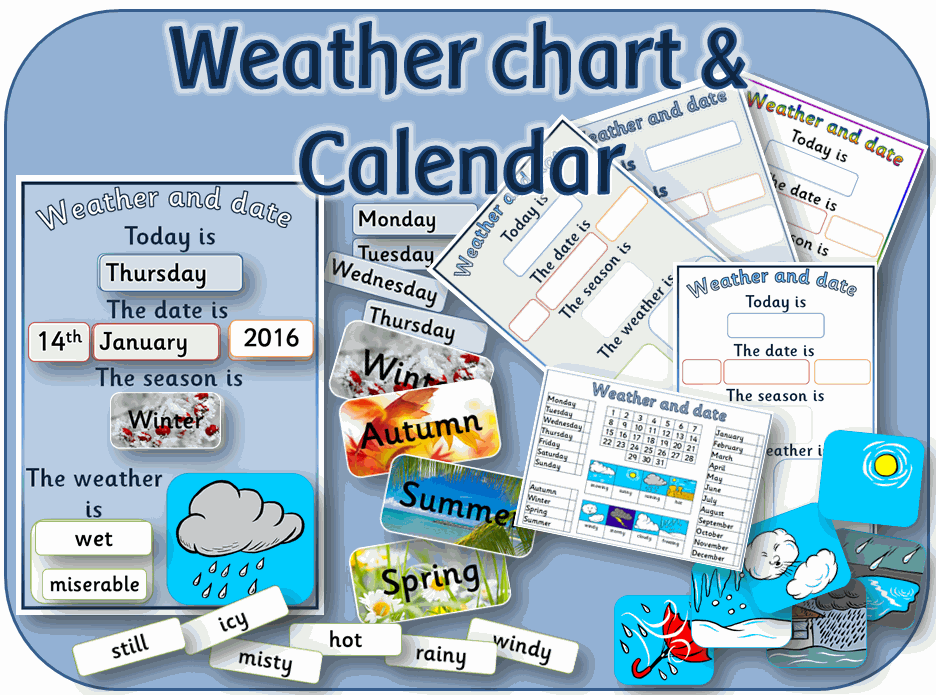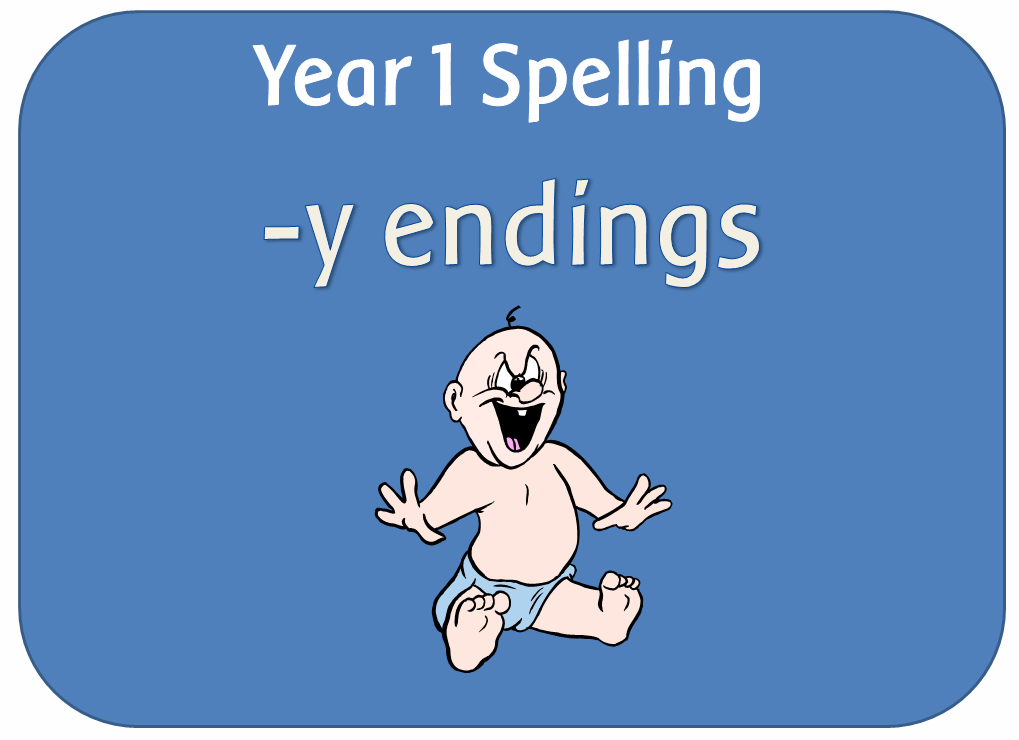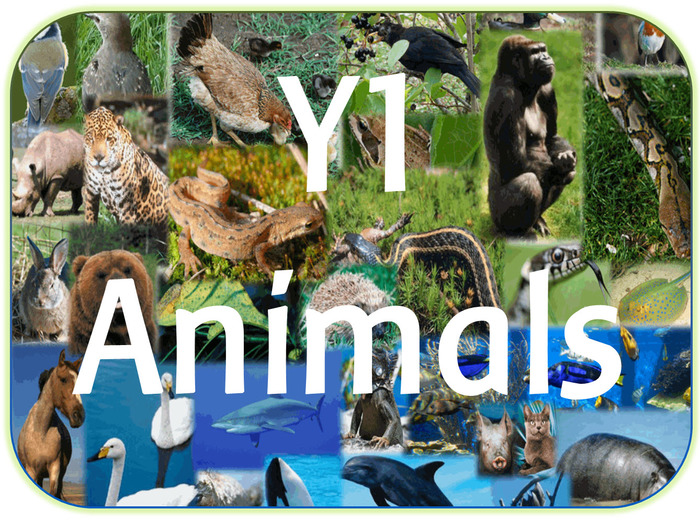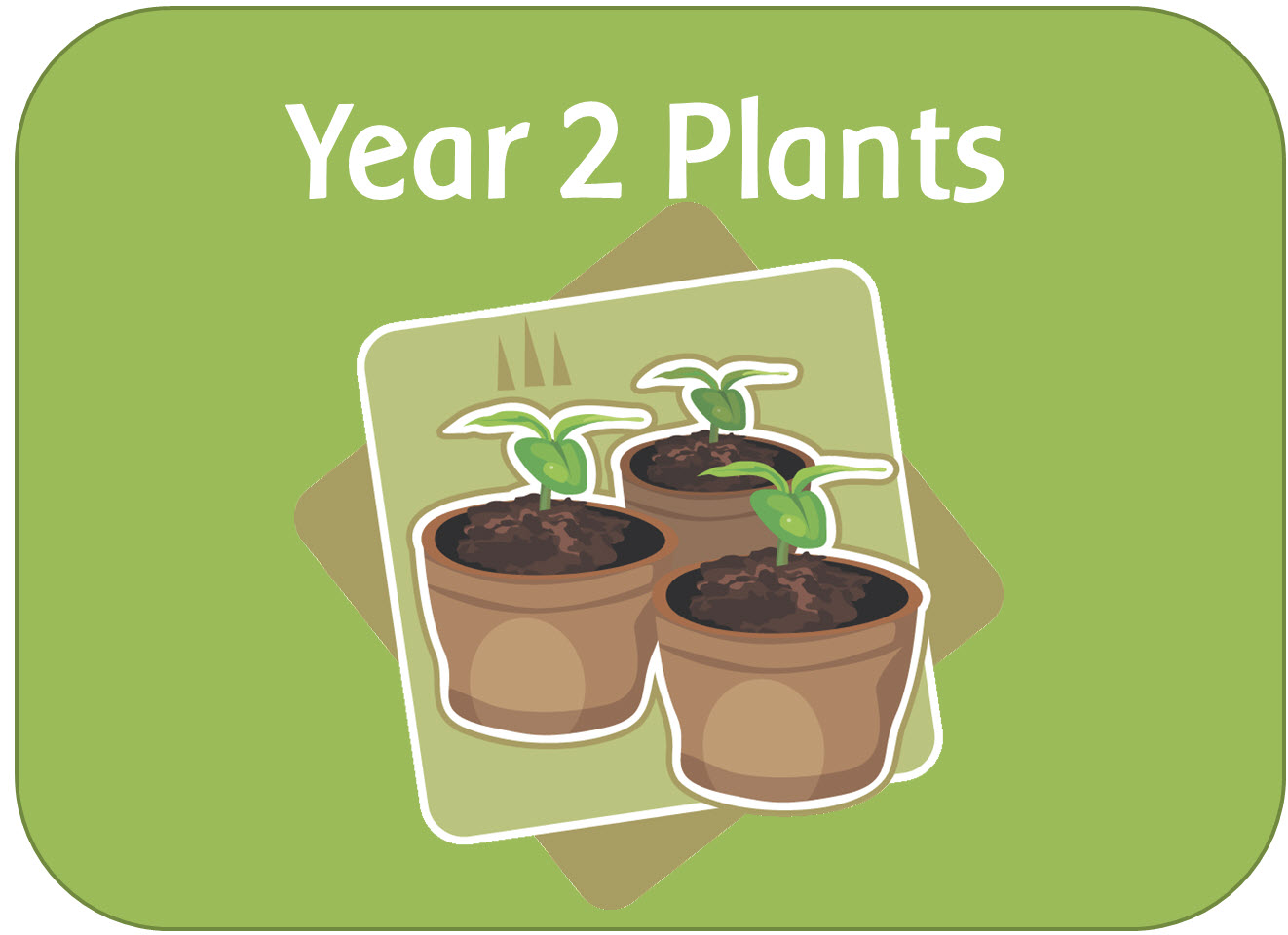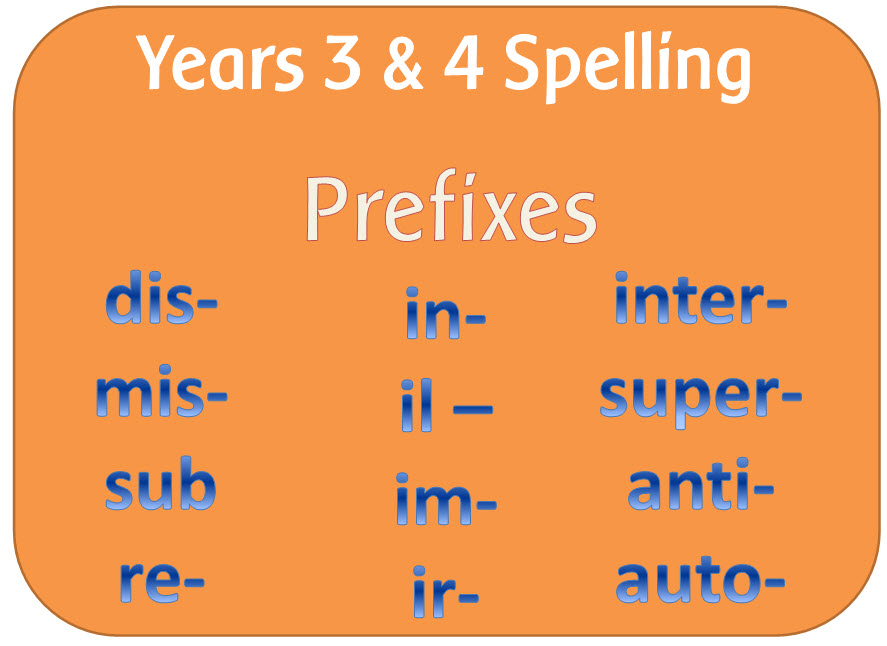
404Uploads
1070k+Views
682k+Downloads

Handwriting sheets for KS1: lower and upper case letters and digits
This set contains a variety of writing worksheets to promote correct letter formation.
The font used throughout is Sassoon, plus a slanted dotted handwriting version in the lower case letter packs
PENCIL CONTROL SHEETS: A range of pre-letter formation sheets to get children used to the directions and actions needed for writing letters
Arches
Crosses
Curls
Lines
Peaks
Snakes
Zigzags
Zeds
LOWER CASE LETTERS: This set consists of 4 folders of different handwriting families
SET 1: Downward strokes
Dotted letters l t i j
Dotted letters u and y
Sassoon letters l t i j
Sassoon letters u and y
All downward letters
SET 2: Down and retrace
Downward letters b k h dotted
Downward letters m n r p dotted
Sassoon downward letters b k h k (2 versions with curly/straight k)
Sassoon downward letters r m n p
All down/retrace letters
SET 3: curly letters
Curly letters a c o dotted
Curly letters d g q dotted
Sassoon curly letters a c o
Sassoon curly letters d g q
Sassoon curly letters e f s (curly and straight versions of f)
Sassoon curly letters c o a d g q
SET 4: Zigzag letters
Dotted zigzag letters v w z x
Sassoon zigzag letters v w z x
Plus a digit formation 0-9 sheet
CAPITAL LETTERS: These are divided into similarly formed letters
Curled capitals C G O Q S
Capitals diagonal X Y V W
Capitals straight E F H I L T
Capitals straight then diagonal A M N Z K
Capitals straight then curled B D P R U J
DISPLAY / ACTIVITIES
Topic covers - 5 different versions with the heading 'My Handwriting Book' for children to keep their work together.
Hollow letters: Each letter prints onto 1 A4 sheet. Can be laminated for finger painting etc, or used as activity sheets. There are two versions, one with large letters filling the page, the other with smaller letters.
Lower case letter formation: This can be used for display as a reminder of correct letter formation, or laminated and used in practical activities. The posters show fingers pointing where to begin writing, where to end, and which way to go - children can see at a glance if they are forming their letters correctly.
BLANK HANDWRITING SHEETS
Two different versions with different line widths.
Where possible, alternate ways of writing k and f are included.

Weather chart and daily calendar for EYFS KS1
A set of resources to be used daily to mark the date, season and weather.
Also included is a banner plus an individual weather chart that can be laminated and reused.

Year 5 Science Earth and Space - powerpoints, worksheets, activities and display pack
A pack of resources following the new curriculum objectives.
1. INTRODUCTION TO THE TOPIC - LO:To find out what the children already know about Earth and Space.
Powerpoint: questions about the Earth, Moon, Planets and Sun.
Worksheet: for the children to write down what they know and what they would like to find out.
2. SPHERICAL OR FLAT - LO: Describe the Sun, Earth, and Moon as approximately spherical bodies.
Powerpoint: Introduces what people thought about the Earth a long time ago, and whether it is flat or spherical.
Worksheet: The children have to argue for or against the Earth being spherical.
3. THE EARTH AND SUN - LO: Use the idea of the Earth's rotation to explain day and night and the apparent movement across the sky.
Powerpoint: looks closely at the Earth and Sun and explains the movement of the Earth in relation to the Sun
Worksheets: The children have to write an explanation about night and day, and a recording shadows worksheet.
4. THE SOLAR SYSTEM - LO: Describe the movement of the Earth and other planets relative to the Sun in the solar system.
Powerpoint: Looks at the Earth, Sun, and planets in the solar system. It also looks into where the solar system is, and what other things may be found in it (eg asteroids and comets).
Worksheet: a word document containing images of the planets and the moon to resize and make models.
5. THE PLANETS
Powerpoint: looks at the planets in more detail.
6. THE MOON - LO: Describe the movement of the Moon relative to the Earth.
Powerpoint: looks at the size of the Moon, its distance from Earth, and how it orbits the Earth. It asks why the moon seems to change shape, and explains the phases of the Moon. It also looks at other planets with moons.
Worksheet: A recording sheet to observe the moon over a 30 day period.
7. EARTH AND SPACE QUESTIONS:
Powerpoint: asking questions to recap learning.
Worksheet: for the children to record their answers.
8. Earth and Space quiz in Powerpoint - to end the topic.
OTHER RESOURCES
Banner for display 'Earth and Space' - prints onto 3 A4 pages
A4 title plus A-Z lettering, with a space background
Topic cover - 4 different versions
Vocabulary cards - with images and explanations
Wordsearch
Writing sheets x 4 decorated with Earth / the solar system
Year 5 Earth and Space medium term planning: An outline of the activities and learning objectives with websites and ideas. It can be adapted.

KS2 History Stone Age unit of work pack - PowerPoint lessons, activities and display
A set of resources looking at the Stone Age in Britain - Includes Powerpoint lessons, worksheets, and display.
POWERPOINTS:
INTRODUCTION TO PREHISTORY TIMELINE: (20 pages) A timeline showing the history of the Earth, from when it was first formed to the beginning of the Stone Age
THE STONE AGE: (30 PAGES) Description of different aspects of Stone Age life that can be split into weekly topics including
Sources of information
Stone Age Britain
Stone Age people
Food
Change from hunter-gatherers to farmers
Skara Brae
BOOKLETS
Prehistory timeline booklet: Corresponds to the prehistory PowerPoint. It can be printed for display, or used as a reference pack.
Stone Age booklet: Corresponds to the Stone Age PowerPoint and can be printed for display or reference.
WORKSHEETS: (for recording research)
Prehistory writing sheet
Cave paintings
Stone Age climate
Stone Age food
Stone Age way of life
Write a report about .... (x10) - Different British Stone Age archaeological sites
Topic covers (x 5 different designs) For topic books
Stone Age writing border sheets (x2; lined and unlined)
STONE AGE DISPLAY:
A4 title
A-Z lettering in a stone background
The Stone Age banner
Stone Age timeline
Stone Age artefacts
Stone Age border for display boards
Stone Age bunting

SPaG Year 1 Spelling pack: Words ending in y
A set of resources to teach the guideline/rule in the Spelling Appendix:
When a word ends in an /i:/(‘ee’) or /ɪ/ (‘i’) sound, it can be spelt –y.
POWERPOINT: Explains the spelling rule and gives examples of words for a class activity where the children can try to spell the words.

The Roman Empire and its impact on Britain pack - Powerpoints , activities and worksheets
POWERPOINTS:
THE ROMAN EMPIRE INTRODUCTION: Introduces the topic by putting the era in context with the Stone Age, Bronze Age and Iron Age in Britain, on a timeline. It includes an explanation of how Rome was founded, where it is, and how it changed from a kingdom to a republic and then an empire.
JULIUS CAESAR: Explains who Julius Caesar was and the attempted invasions in 55 and 54BC.
THE ROMAN EMPIRE BY AD 42: Begins by discussing the assassination of Julius Caesar and the formation of the Roman Empire. Looks at the first Emperor, Augustus, mentions Tiberius and Caligula, then talks about Claudius and how he gained power. Then looks at the Roman way of life in the Empire, how powerful it was and what area it covered.
THE ROMAN ARMY: Investigates how the Roman Army was made up; of centuria, cohorts and legions; and auxiliary soldiers.Looks at how they were trained, what types of jobs they did, and why nobody could beat them in battle.
THE ROMAN INVASION OF BRITAIN: A detailed account of the invasion by Claudius in AD 43, British resistance by Boudicca and Caractacus, Hadrian's Wall, and the end of Roman rule.
THE ROMANISATION OF BRITAIN: Looks at how the Romans build civitas, or towns for different tribes in Britain, looking briefly at Caerwent. Explains and gives examples of Roman technology, culture and beliefs and what lasting impacts they have had.
TIMELINE OF THE ROMAN EMPIRE: A 1 page timeline, can be printed or viewed as an animated show.
TRIBES CONQUERED BY THE ROMANS: A 4 page presentation, detailing how the Romans conquered each tribe in Britain. Can be printed or viewed as a show.
WORKSHEETS:
Roman Empire topic covers x 4
What I already know / would like to find out about the Roman Empire
Worksheet - Romulus and Remus
Writing sheets - Julius Caesar (lined and unlined)
Blank map of Europe
Worksheet - living in the Roman Empire in AD 42
Design a Roman scutum
Worksheet - weapons of a Roman soldier
Pictures of Roman soldiers in black and white
Writing sheets - The Roman Army (lined and unlined)
Map of tribes in Britain
Tribes in the local area
Worksheet - Living in Britain in the Iron Age
Writing sheet - Boudicca
Report writing sheet - Roman settlements in the local area
OTHER:
De Bello Gallico - Accounts written by Julius Caesar of his first and second visits to Britain
Roman Empire Planning - An adaptable outline medium term plan in Word

KS2 Topic The Victorians: powerpoint lesson pack
A look at life in Victorian times. The powerpoints cover:
Who were the Victorians and when did they live: Includes British timeline, Queen Victoria's life, and comparison of rich and poor family in Victorian times
Dr. Barnado: His life, and how he improved life for poor children.
Lord Shaftesbury: His life, and how he improved factory conditions, and education.
What was it like going to school at the end of the nineteenth century: What Victorian schools were like
How did different Victorian children use their spare time: Explains the different activities and toys of rich and poor children
Leisure time in the Victorian era: How the Victorians entertained themselves
What was life like for a poor child in the 1840's: Explains the different jobs poor children had to do, with photographic evidence, and links to online research.
Victorian Household objects: 11 photographs to look at and find clues.
Victorian Life: Photographs of Victorian Britain to look at and use for discussion points.

Houses and Homes - what were homes like in Victorian times - powerpoints
A look at different types of homes, and what homes were like in the Victorian age

World War II & VE day - powerpoint lessons covering different aspects of WW II
A set of 9 powerpoint files looking at life during WWII:
The Second World War: An introduction to the causes
The Blitz: Description of what it was, and what happened during the bombings.
Why were children evacuated?: The reasons why
What was it like to be an evacuee: Experiences of children, with web-links
What did people eat during the war?: Explains why rationing occurred, what kinds of food/meals people had.
Women in WW2: What jobs women did
What did children & adults do in WW2: Ways of life and pastimes
What was it like for people who fought in WWII: Lots of pictures to look at and think about what life was like for soldiers.
Children of WW2: Thought-provoking pictures.
VE Day: A recap of the main events of WWII and what happened on VE day.

Portugal powerpoint and headings
The powerpoint covers the following:
Where is Portugal?: With maps showing the location of Portugal.
What is Portugal like?: Images of Portugal; different geographical features
Living in Portugal: Pictures of everyday life in Portugal - streets, shops, schools, houses etc.
Portuguese people: What life is like in Portugal - culture, traditional dress, language etc
The history of Portugal: a brief history from Roman times to present.

Year 1 Science - Variety of common animals - Animals including humans topic pack
A set of wpowerpoints and printable activities to teach children how to identify and name a variety of animals, describe and compare their structures and identify animals that are carnivores, herbivores and omnivores.

Y2 Materials display pack
A set of headings, lettering, posters and vocabulary to use when making a display of everyday materials.
Materials display lettering - In lower and upper case to cut out.
Materials banner (2 versions) - prints out onto 2 A4 sheets
Materials heading (2 different versions) - prints onto an A4 sheet.
Propertiess - each word is on an A4 page - Vocabulary with explanations
Natural and manufactured materials - each natural material is on an A4 page, with an illustration of an object that is made out of the natural material:- bone, clay, cotton, sand, leather, metal, rock, wood, wool.

Year 2 Science - Plants topic - powerpoints, planning, worksheets & display pack
A set of resources following the new science curriculum.

Year 5 science - the development of ideas about the solar system.
A powerpoint showing a timeline of astronomy.

SPaG Year 1 : Plural noun suffixes powerpoint and worksheet
A powerpoint lesson, worksheet and plan on plural noun suffixes:
Plural noun suffixes: A powerpoint explaining the meaning of singular, plural and what a suffix is. It explains what effect the addition of s or es has on nouns.It ends with an interactive game.
Plural noun suffix worksheet

SPaG Year 1 Punctuation: Capital letters, full stops, question marks & exclamation marks
Spelling resources to teach the statutory requirements in Appendix 2 of the English curriculum:
Punctuation: Separation of words with spaces; Introduction to capital letters, full stops, question marks and exclamation marks to demarcate sentences; Capital letters for names and for the personal pronoun I.
PowerPoint files:
Introduction to exclamation marks: Short presentation explaining when to use exclamation marks
Introduction to full stops: Short presentation explaining when to use full stops
Introduction to question marks: Short presentation explaining when to use question marks
Capital letters - when to use them: Looks at occasions where capital letters should be used, with an activity to test the children’s understanding at the end.
Capitals and punctuation quiz: Interactive activity where the children have to decide what is wrong with each sentence.
Jake’s full stop: A story that shows what happens when full stops are left out of sentences.
Sentences and punctuation: Recap on sentences and punctuation, with an activity at the end.

SPaG Year 2 Spelling: The /r/ sound spelt wr
A set of resources looking at words beginning with wr.
POWERPOINT: Explains the spelling and gives examples for the children to read. Then there is a spelling activity, using a look, hide and check format
BINGO: Wr words
CARDS: Matching cards with words and pictures
CROSSWORD: wr words
PRACTICE SHEET: Writing words beginning with wr spelling sheet
WORDSEARCH: wr words
WORD DOCUMENTS: Lists of words and a planning document.

SPaG Year 2 Text: Present and past tense and the progressive form of verbs
Four powerpoints looking at past and present verb tenses.
POWERPOINTS
Introduction to tenses: Explains what tense means, and past and present tense, giving examples including the progressive form of verbs.It ends with some examples and opportunities for children to change the tenses of sentences.
Changing present into past tense: Sentences to change
Thinking of verbs and past and present tense: Look at pictures and describe the actions in the present and the past tenses.
Irregular past tense verbs: Explanation and lists of irregular past tense verbs.

SPaG Year 2 Terminology powerpoint
An explanation of noun, noun phrase, statement, question, exclamation, command, compound word, adjective, verb, suffix, adverb, tense, apostrophe and comma.

SPaG Year 3 & 4 Spelling: Prefixes dis mis in re sub inter super anti auto
Resources to teach how most prefixes can be added to words without any change to the spelling of the root word, except for the prefix in.
POWERPOINTS: Each powerpoint introduces the prefix and gives a definition of its meaning and how it can change the meaning of words. Examples of words with and without each prefix are shown.
The last powerpoint looks at the meaning of all the different prefixes.
DIS
MIS
IN IL IM & IR
SUB
RE
INTER
SUPER
ANTI
AUTO
Prefix recap
PDF (PRINTABLE) RESOURCES:
DIS
Cards - words to add dis
Change the paragraph to the opposite meaning
Dis word definitions
Jigsaw cards – dis
Un and dis matching word and definition cards
Dis- wordsearch
Un- wordsearch
MIS - wordsearch
IN IL IM IR jigsaw cards
MIS DIS RE and UN Word wheel
INTER worksheet
AUTO prefix worksheet
Although every effort has been made to check wordsearches for unintentional inappropriate words, it is recommended that teachers double check them before giving to children.
TEACHER RESOURCES
Word list
Adaptable outline plan




